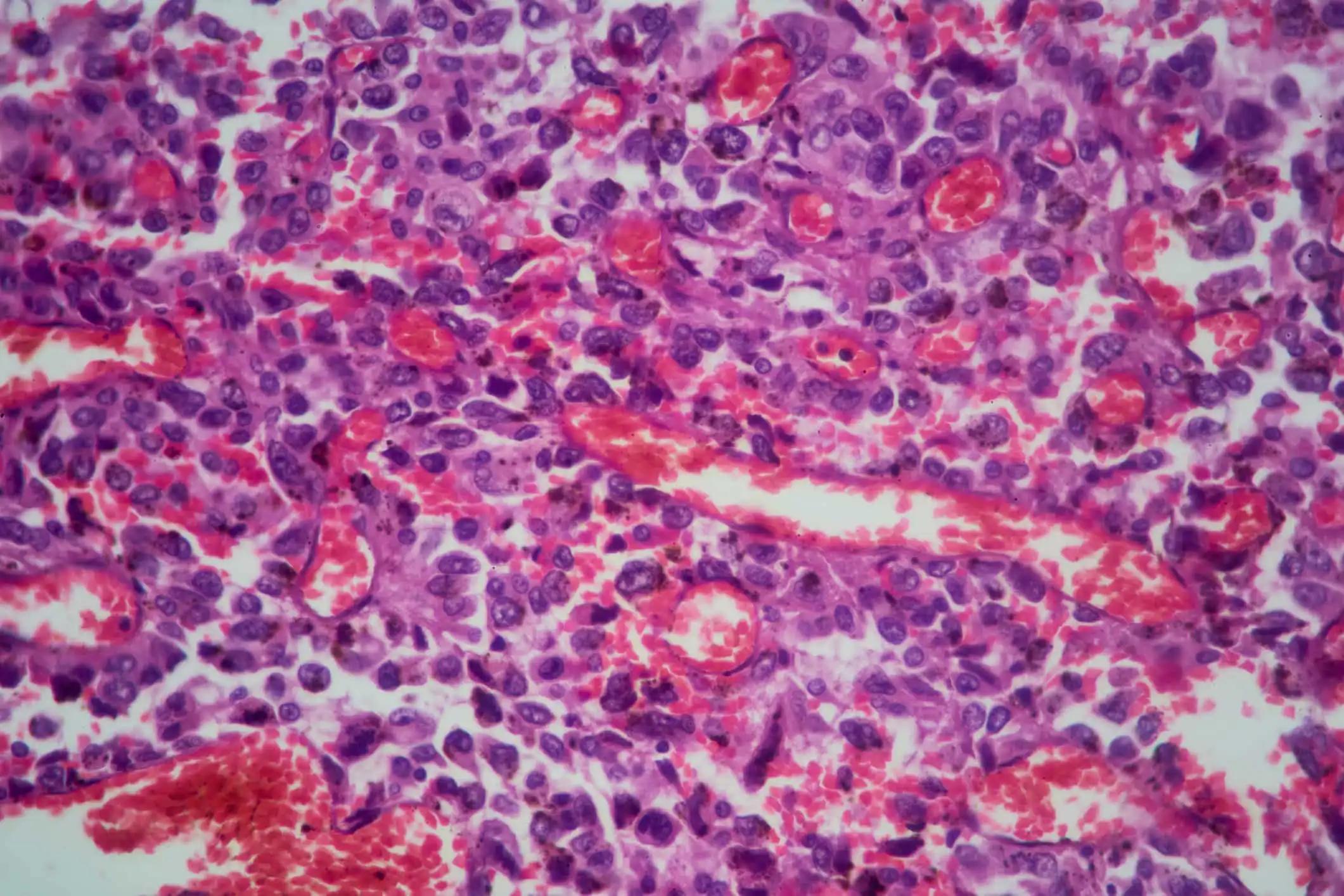KEY TAKEAWAYS
- This phase 1/2 trial study provided guidelines for administering talquetamab and managing its AEs, including those related to T-cell redirection and GPRC5D.
- Tal showed a >71% response rate in RRMM patients with a manageable safety profile through appropriate identification, monitoring, and treatment to ensure optimal patient benefit.
Talquetamab (tal) is a bispecific antibody that targets the novel antigen GPRC5D and redirects T-cells. It has demonstrated an overall response rate exceeding 71% in relapsed/refractory multiple myeloma (RRMM) patients (pts) as per the MonumenTAL-1 study. This study outlined recommended procedures for administering talquetamab and strategies for monitoring and managing associated adverse events (AEs), including T-cell redirection-related and GPRC5D-specific AEs.
The MonumenTAL-1 study is an open-label, single-arm phase 1/2 trial that evaluated tal in RRMM pts. The study focused on determining the recommended phase 2 dosages, administered subcutaneously at 0.4 mg/kg weekly and 0.8 mg/kg bi-weekly.
To mitigate the risks of severe cytokine release syndrome (CRS) and immune effector cell-associated neurotoxicity syndrome (ICANS), “step-up” doses are used before administering the first full dose of talquetamab (tal). Generally, these adverse events (AEs) manifest early and are mild to moderate. It’s crucial to premedicate and closely monitor pts for CRS and ICANS during this initial dosing phase. Pre-treatment screening for infections is advisable, along with ongoing monitoring and prophylactic treatment as necessary, given that infections are a frequent MM complication.
Early onset is also characteristic of GPRC5D-related AEs like dermatologic and oral toxicities. Dermatologic issues such as rash and skin peeling have an incidence rate of around 30-73% and are generally benign and self-limiting. Nail issues, with an incidence rate of about 54-63%, mostly affect appearance but take time to resolve. Oral AEs, occurring in about 71-77% of pts, are longer-lasting and can compromise quality of life. Symptoms include dry mouth, altered taste, and difficulty swallowing, potentially leading to weight loss. Supportive measures like NaCl mouth rinse and dietary adjustments can help, but dose modification is the most effective. Consultation with a multidisciplinary team and patient education are essential for optimal management of these AEs.
Over time, the severity of GPRC5D-associated AEs generally lessens, particularly with dose modification.
Talquetamab yielded positive responses in over 71% of RRMM pts. Its safety profile was manageable through vigilant clinical observation, monitoring, and tailored interventions, thus optimizing the therapeutic benefits of the drug for pts.
Clinical Trials: https://classic.clinicaltrials.gov/ct2/show/NCT03399799
https://classic.clinicaltrials.gov/ct2/show/NCT04634552
Catamero, D. NSP-03: Practical Management of Patients With Relapsed/Refractory Multiple Myeloma Receiving Talquetamab, a GPRC5D×CD3 Bispecific Antibody: Experience in MonumenTAL-1.



